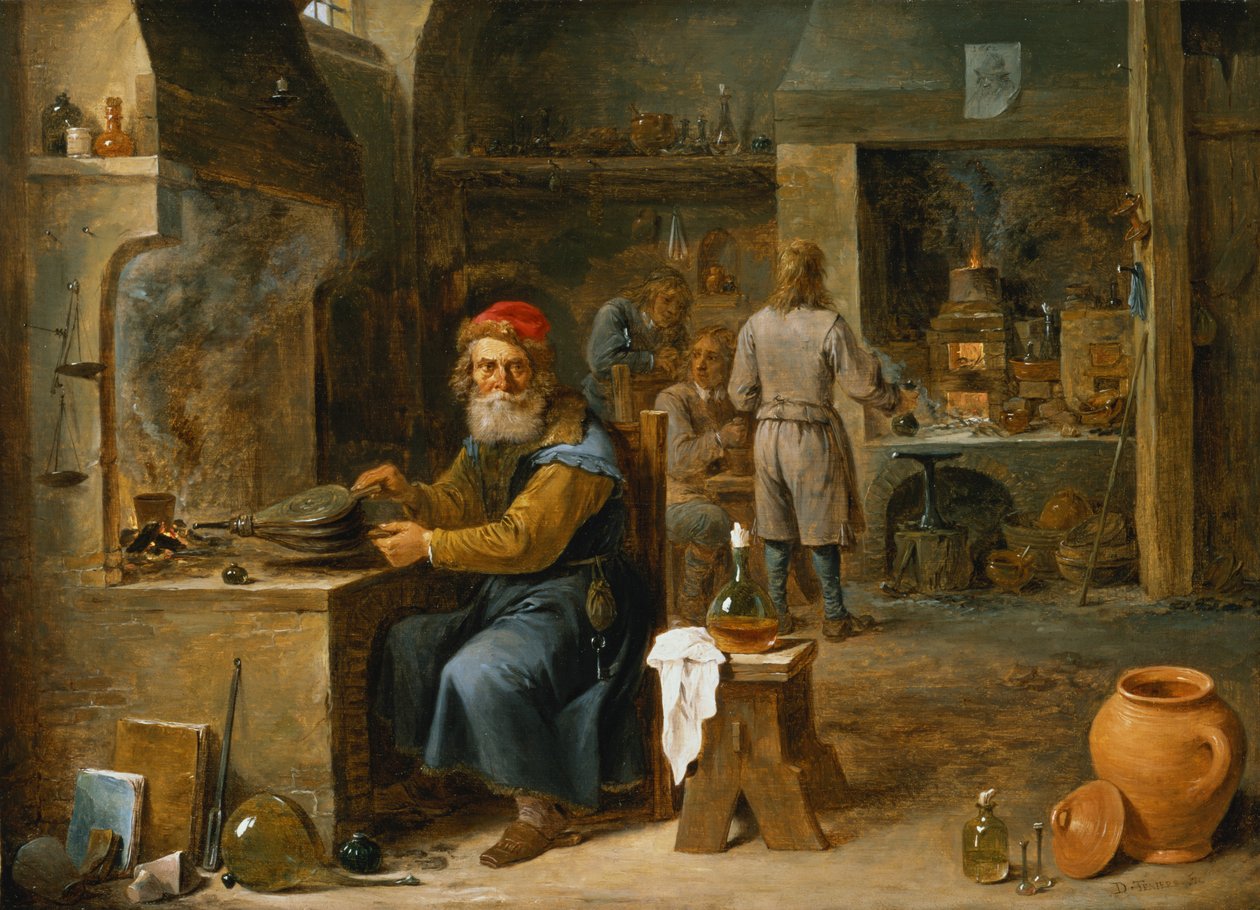Few bands encapsulate the threshold between public revelation and private longing as elegantly as Tears for Fears. Emerging from the landscape of early 1980s Britain, a nation shifting under the weight of social, political, and technological upheaval, the duo built a sound both lush and intricate, guided by the spectral hand of introspection. The band’s genesis is inseparable from its era: the austerity of Thatcherite England fostered a climate where inner life blossomed in the cracks of public order. From Bath, Somerset, Orzabal and Smith forged a partnership that would yield a catalogue of songs laden with hidden significances and melodic gravitas. Their chosen name, borrowed from Arthur Janov’s primal therapy, signaled a commitment to a kind of spiritual archaeology; every lyric excavates the sediments of psyche, all arrangements resonate with the tensions of an epoch both turbulent and strangely suspended.
The year 1985 witnessed the release of Songs from the Big Chair, an album now woven into the cultural fabric of the late twentieth century. While “Everybody Wants to Rule the World” and “Shout” ascended into the collective consciousness, it is “The Working Hour” that serves as a chamber apart; an alcove within the edifice, reverberating with a different timbre. Saxophones entwine with layered synthesizers, unfolding a landscape at once intimate and majestic. This is the sacristy, lit by the quiet flame of reflection. The piece demands a slow approach; its doors do not yield to hurried hands. The mirror receives those prepared to wait.
I. The Consecrated Hour
An invocation opens the piece. The phrase “This is the working hour” carries a peculiar charge, as if summoning a specific current within the larger movement of time. The hour here is set apart; ordinary duration yields to ritual dimension. In many traditions, the “hour” emerges as a liminal interval, suspended between action and rest, charged with the potential for transformation. The musical architecture deepens this sense: the saxophone’s voice spirals upward, drawing listeners inward; keyboards shimmer like candlelight on ancient stone.
The song’s text alludes to a process, a labour that exceeds mere productivity. The hour marked here is neither casual nor mechanical; it belongs to the space where Spirit meets discipline. Within this hour, tasks unfold with meaning, and presence crystallizes into a subtle offering. Each note, each breath, testifies to an inward commitment that transcends the transactional. Listeners may discover, within the phrasing, a quality akin to the tolling of a bell at matins; a signal that something essential is about to commence. The body listens, and so does the hidden faculty behind the body, the watcher who rises in the night to record the soul’s reckoning.
The lyric’s sense of alignment, of gathering for a purpose, pervades the entire composition. The hour exists, not as an isolated instant, but as a chamber where the worker and the work converge. This hour persists; its architecture does not dissolve with the final note. Every day contains a working hour, silent and steadfast.

II. The Wages of Witness
A further unfolding reveals the nature of compensation. “We are paid by those who learn by our mistakes” serves as a cryptic statement of spiritual economy. The currency at stake is not measured in gold or acclaim; it flows in the silent circuit of influence, in the awakening of others. Through the motif of payment, the lyric constructs an initiatory exchange. The act of labour becomes both offering and teaching. A scribe copies manuscripts by candlelight, unseen, and yet each illuminated word alters the destiny of the reader centuries hence.
The imagery of mistake and learning resonates with ancient patterns. Within Hermetic, Gnostic streams, knowledge passes through the crucible of experience; the wounds of the practitioner become the medicine of the observer. One does not merely instruct; one embodies the lesson, so that it may be mirrored in the pupil. The lyric inscribes a dynamic of vulnerability and stewardship. Through the reflection of error, a community forms. Those who watch, those who learn, repay the labourer through transformation; their change becomes the coin pressed into the worker’s palm.
This is a sacramental vision. The working hour becomes the altar where mistakes are offered, and in their burning, wisdom arises. The music swells; the chorus lingers; a sense of gravity suffuses the ritual. Even in solitude, the worker stands before an invisible congregation, their silence heavy with presence. The scribe, the initiate, the priestess at the threshold, all are named in this moment. Payment arrives as recognition in the eye of the Other, however distant.
III. The Veil of Chains
A final motif emerges: the presence of fear. The lyric “It wraps me up in chains” conjures a figure ancient and contemporary, the guardian of thresholds. Fear, in this context, appears not as adversary, but as sentinel. The chains encircle to indicate the approach of transformation. Every true passage, in the Mysteries, is signaled by a tightening of the heart, a quickening of breath, a pause before the unknown. The lyric voices a command: “Find out what this fear is about.” The repetition acts as incantation, an invitation to inquiry.
The song enacts a ritual of confrontation. The listener stands before the chains and recognises their purpose. Through the acknowledgment of fear, the path is revealed. The song instructs: look closer; do not retreat; the chain may conceal a key. The voice holds the line of tension, the threshold between movement and stillness. Within the structure of the piece, the music sustains this atmosphere. The saxophone weaves a spiral, neither ascending nor descending; the harmonies support a space where decision hovers, suspended. The ritual does not demand liberation; it invites knowledge. The chain, when understood, may transmute into a garland, a symbol of passage granted.
Conclusion: The Rose Watches
As the final chords linger, the hour named in the song remains open. This is not a time bound to the calendar, nor a duty imposed from without. The working hour persists as a chamber within each day, a precinct of awareness where the visible and the invisible meet. The song, heard in the silence of reflection, offers no finality. It unfolds, petal by petal, within the one who listens.
The piece functions as a kind of oracle. The hour returns, again and again; the work calls. Fear signals the approach of the next gate. The music echoes the labour of the heart, the craftsmanship of the soul, the vigilance of the watcher. In the precinct of the Rose, every hour may become a working hour. The flame does not waver. The altar stands. The saxophone’s cry weaves itself into the fabric of memory, neither mournful nor exultant; simply present, wholly itself. The Rose observes. The Mirror returns the gaze. The hour endures.
